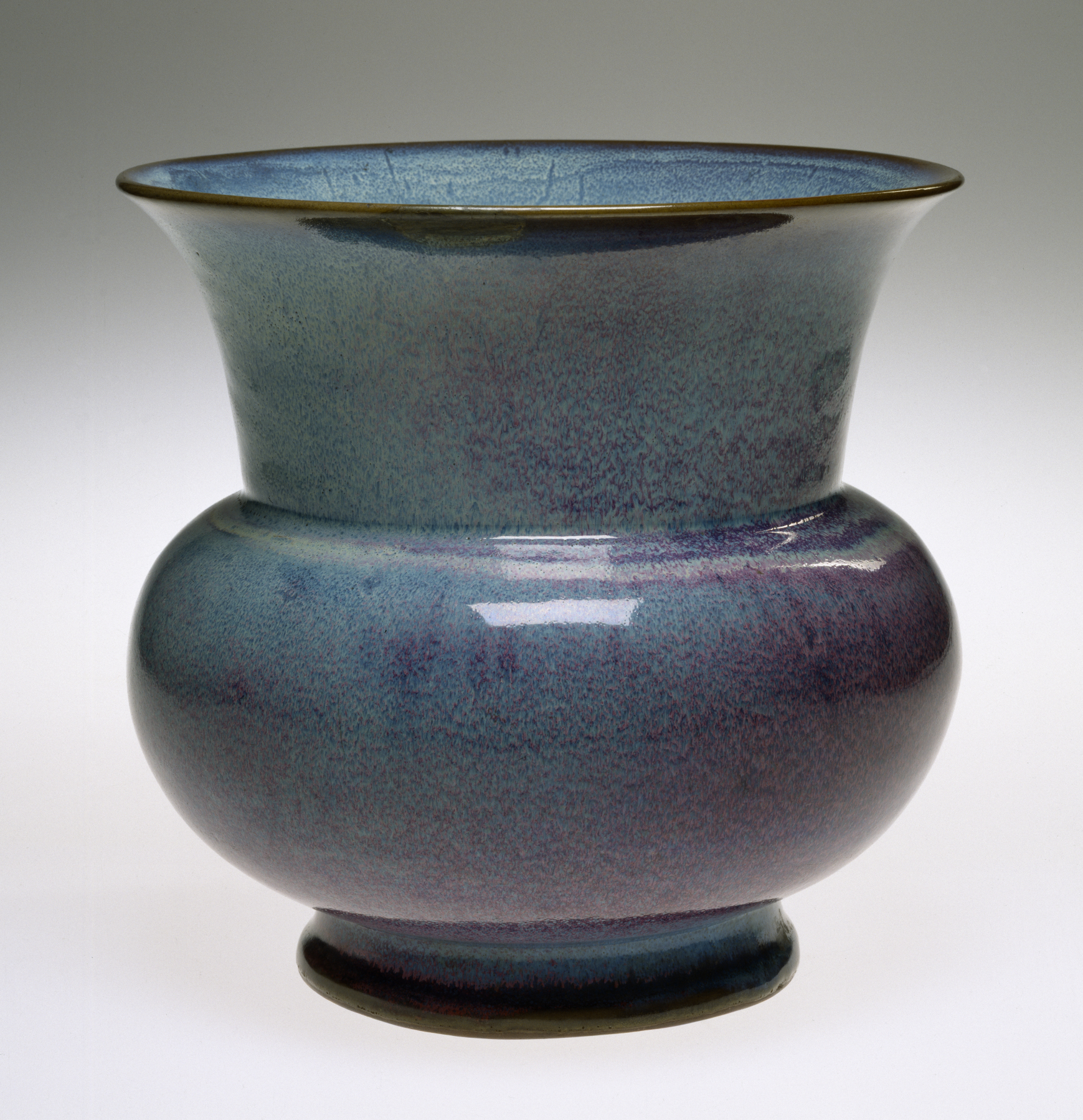Five Great Kilns on:
[Wikipedia]
[Google]
[Amazon]
 The Five Great Kilns (), also known as Five Famous Kilns, is a generic term for ceramic
The Five Great Kilns (), also known as Five Famous Kilns, is a generic term for ceramic
 Although the group and name is generally said in books to have been a coinage by Chinese writers from the Ming or
Although the group and name is generally said in books to have been a coinage by Chinese writers from the Ming or
/ref>
File:Ru ware, Percival David Collection DSCF3107.jpg, Ru ware bowl, with metal rim, 1086-1125
File:Percival David Collection DSCF3075.jpg, Small Guan ware bowl on legs (some 3 inches across), with pronounced glaze crackle, Southern Song
File:Dish (Pan) with Garden Landscape LACMA M.73.48.106.jpg, Ding ware dish with garden landscape, "molded stoneware with impressed decoration, transparent glaze, and banded metal rim", 13th century, diameter 5.5 in. (14 cm)
File:425203204 640068f512 o.jpg, "Ge-type" or ge ware vase, with double crackle, dated by the Palace Museum
 The Five Great Kilns (), also known as Five Famous Kilns, is a generic term for ceramic
The Five Great Kilns (), also known as Five Famous Kilns, is a generic term for ceramic kiln
A kiln is a thermally insulated chamber, a type of oven, that produces temperatures sufficient to complete some process, such as hardening, drying, or Chemical Changes, chemical changes. Kilns have been used for millennia to turn objects m ...
s or wares (in Chinese 窯 yáo can mean either) which produced Chinese ceramics
Chinese ceramics are one of the most significant forms of Chinese art and ceramics globally. They range from construction materials such as bricks and tiles, to hand-built pottery vessels fired in bonfires or kilns, to the sophisticated Chinese ...
during the Song dynasty
The Song dynasty ( ) was an Dynasties of China, imperial dynasty of China that ruled from 960 to 1279. The dynasty was founded by Emperor Taizu of Song, who usurped the throne of the Later Zhou dynasty and went on to conquer the rest of the Fiv ...
(960–1279) that were later held in particularly high esteem. The group were only so called by much later writers, and of the five, only two (Ru and Guan) seem to have produced wares directly ordered by the Imperial court, though all can be of very high quality. All were imitated later, often with considerable success.
All except Ding ware used celadon
Celadon () is a term for pottery denoting both wares ceramic glaze, glazed in the jade green Shades of green#Celadon, celadon color, also known as greenware or "green ware" (the term specialists now tend to use), and a type of transparent glaze, ...
glazes, and in Western terms the celadon kilns are stoneware
Stoneware is a broad class of pottery fired at a relatively high temperature, to be impervious to water. A modern definition is a Vitrification#Ceramics, vitreous or semi-vitreous ceramic made primarily from stoneware clay or non-refractory fire ...
, as opposed to the Ding early porcelain
Porcelain (), also called china, is a ceramic material made by heating Industrial mineral, raw materials, generally including kaolinite, in a kiln to temperatures between . The greater strength and translucence of porcelain, relative to oth ...
. The celadons placed great emphasis on elegant forms and their ceramic glazes, and were otherwise lightly decorated, with no painting.
The five kilns produced respectively:
* Ru ware (汝)
* Jun ware (钧)
* Guan ware (官)
* Ding ware (定)
* Ge ware (哥)
History of the term
 Although the group and name is generally said in books to have been a coinage by Chinese writers from the Ming or
Although the group and name is generally said in books to have been a coinage by Chinese writers from the Ming or Qing
The Qing dynasty ( ), officially the Great Qing, was a Manchu-led Dynasties of China, imperial dynasty of China and an early modern empire in East Asia. The last imperial dynasty in Chinese history, the Qing dynasty was preceded by the ...
dynasties, a recent paper analysing the main Chinese scholars suggests the modern number and selection of "great kilns", as given here, in fact only dates back to the mid-20th century, with various numbers and other kilns often found in previous writings. In particular, the semi-mythical Chai ware, and Longquan celadon often feature in earlier groupings, and Jun ware is often omitted.Rastelli, Sabrina, "The Concept of the Five Famous Wares of the Song Dynasty—A Modern Invention", 宋代五大名窑科学技术国际学术讨论会论文集, ''Proceedings of International Symposium on Science and Technology of Five Great Wares of the Song Dynasty'', 2016/ref>
Beijing
Beijing, Chinese postal romanization, previously romanized as Peking, is the capital city of China. With more than 22 million residents, it is the world's List of national capitals by population, most populous national capital city as well as ...
to the Song
Notes
References
* Rawson, Jessica (ed). ''The British Museum Book of Chinese Art'', 2007 (2nd edn), British Museum Press, {{Song dynasty topics Chinese pottery China-related lists of superlatives Kilns Song dynasty